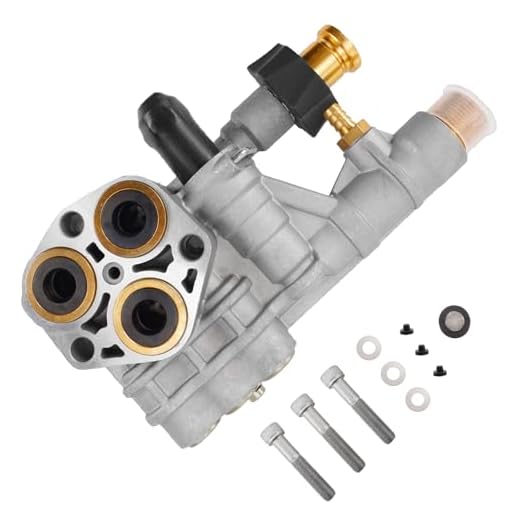


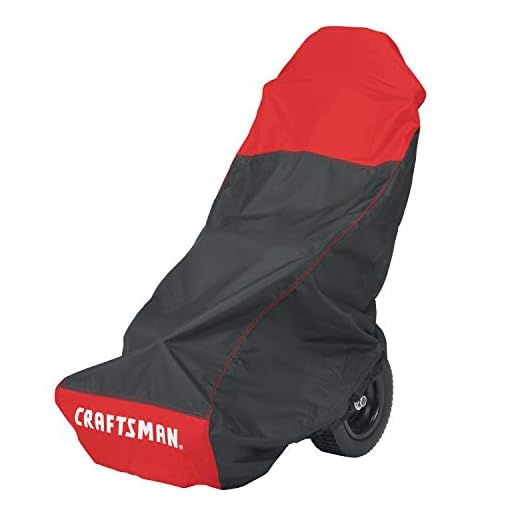
For anyone serious about maintaining cleanliness, knowing the specific energy sources behind these devices is a priority. Machines commonly utilise either electric or fuel-based methods, each presenting unique features and benefits. Electric units offer convenience and ease of use, making them ideal for residential applications where mobility isn’t paramount. In contrast, fuel-operated variants excel in demanding commercial scenarios, delivering consistently high performance.
Electric models depend on standard power outlets, typically providing varying wattages that affect water pressure and flow rate. Most residential electric options range between 1300 to 2000 PSI, adequate for routine tasks like home siding or patio cleaning. Battery-operated designs are emerging as well, especially for lighter-duty jobs, reducing cord-related restrictions while maintaining acceptable pressure levels.
Conversely, gas-powered engines dominate larger operations. These engines range from small 2-stroke motors to robust 4-stroke units, offering pressures exceeding 4000 PSI. Such capability makes them ideal for heavy-duty applications, such as industrial cleaning or large surface restoration. The choice between these power supplies hinges not only on intended use but also on the availability of resources and required performance.
Understanding Electric Pressure Washer Mechanisms
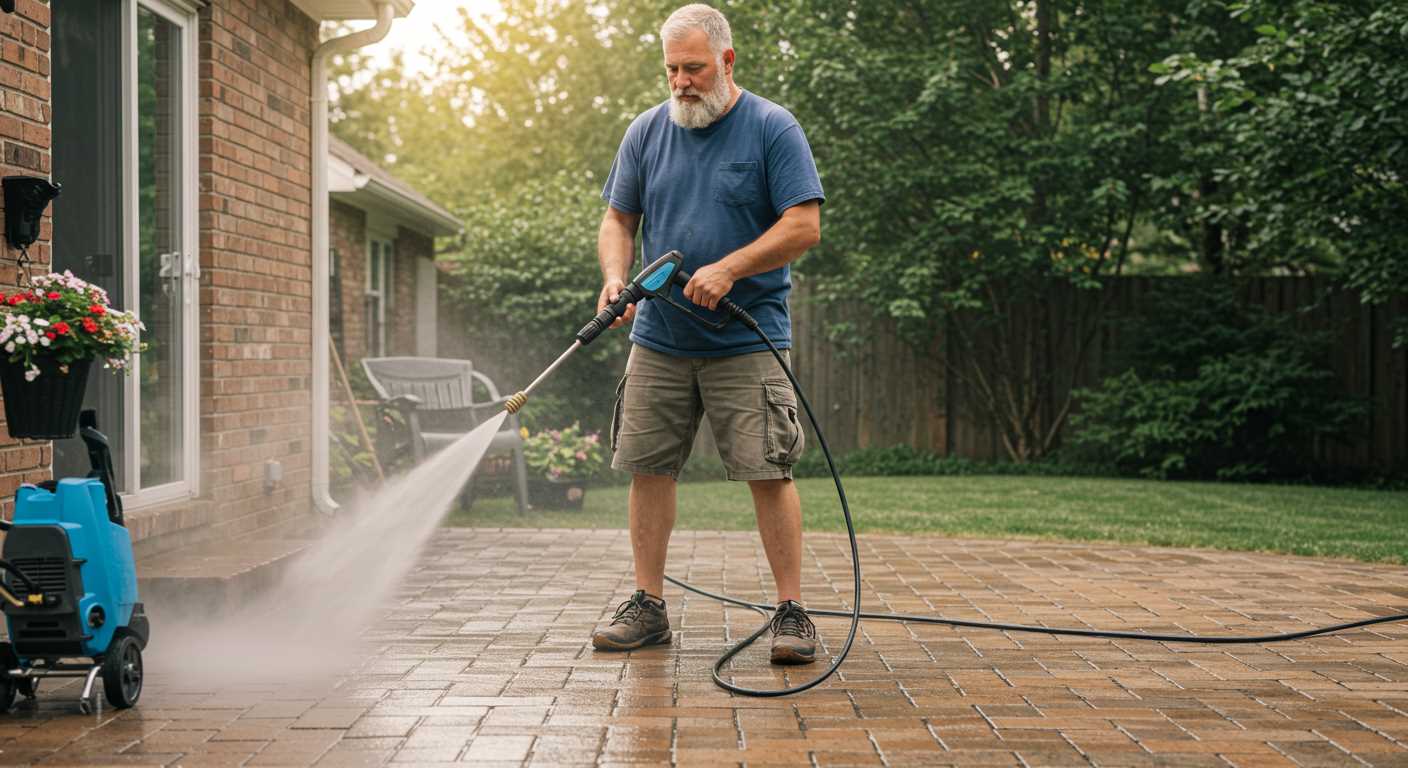
Electric models operate through a straightforward yet effective mechanism. They typically utilise a universal motor, which converts electrical energy into mechanical energy. This motor drives the pump, generating the high-pressure water needed for effective cleaning.
Key to their operation is the pump type. Commonly, axial cam pumps are found in residential units, providing moderate pressure and flow for typical household tasks. For more demanding applications, triplex pumps are used, offering higher durability and efficiency, suitable for professional environments.
Water enters the unit via a garden hose, passing through a filter that prevents debris from entering the pump. The motor then activates, creating a vacuum that draws in water. As the motor runs, the pump compresses this water, transforming it into a forceful jet through the nozzle.
Another crucial aspect is the power rating. Ranges from 1200 to 3000 watts, directly influences both pressure and flow rate. Higher wattage allows for tougher cleaning jobs, like removing stubborn grime or preparing surfaces for painting.
Safety features are integral, including thermal relief valves, preventing overheating, and GFCI plugs, which protect against electric shock. Regular maintenance, such as checking seals and cleaning filters, ensures longevity and optimal functionality.
In summary, understanding the inner workings of electric models helps in choosing the right equipment and extending its life through proper care and maintenance.
Exploring Gasoline-Powered Pressure Washers
For tackling demanding cleaning tasks, I recommend opting for gasoline-driven models. They provide immense power, making them suitable for heavy-duty use in various environments like construction sites or large outdoor areas.
Key Advantages of Gasoline Models
- Unmatched Mobility: Without relying on electrical outlets, these machines can traverse any location freely, offering convenience on expansive properties.
- High Pressure Output: Typically ranging from 2500 to 4000 PSI, they can efficiently tackle stubborn grime or large surfaces.
- Extended Run Times: Operating on fuel allows for prolonged use, often outperforming electric counterparts that require frequent recharging.
Recommendations for Optimal Use
- Choose the Right Nozzle: Select from various nozzles to adjust spray patterns according to specific tasks, ensuring efficient cleaning.
- Maintenance is Crucial: Regularly check and change the oil, clean the air filter, and inspect hoses to ensure longevity.
- Use Fresh Fuel: Old gasoline can cause engine issues, affecting performance. Always utilise fresh, high-quality fuel for best results.
In comparing brands, I suggest looking for those with reliable warranties and strong customer support, as this can be invaluable for troubleshooting and parts replacement. Investing in a reputable brand often pays off in performance and durability.
Comparing Energy Sources: Electric vs Gas Pressure Washers
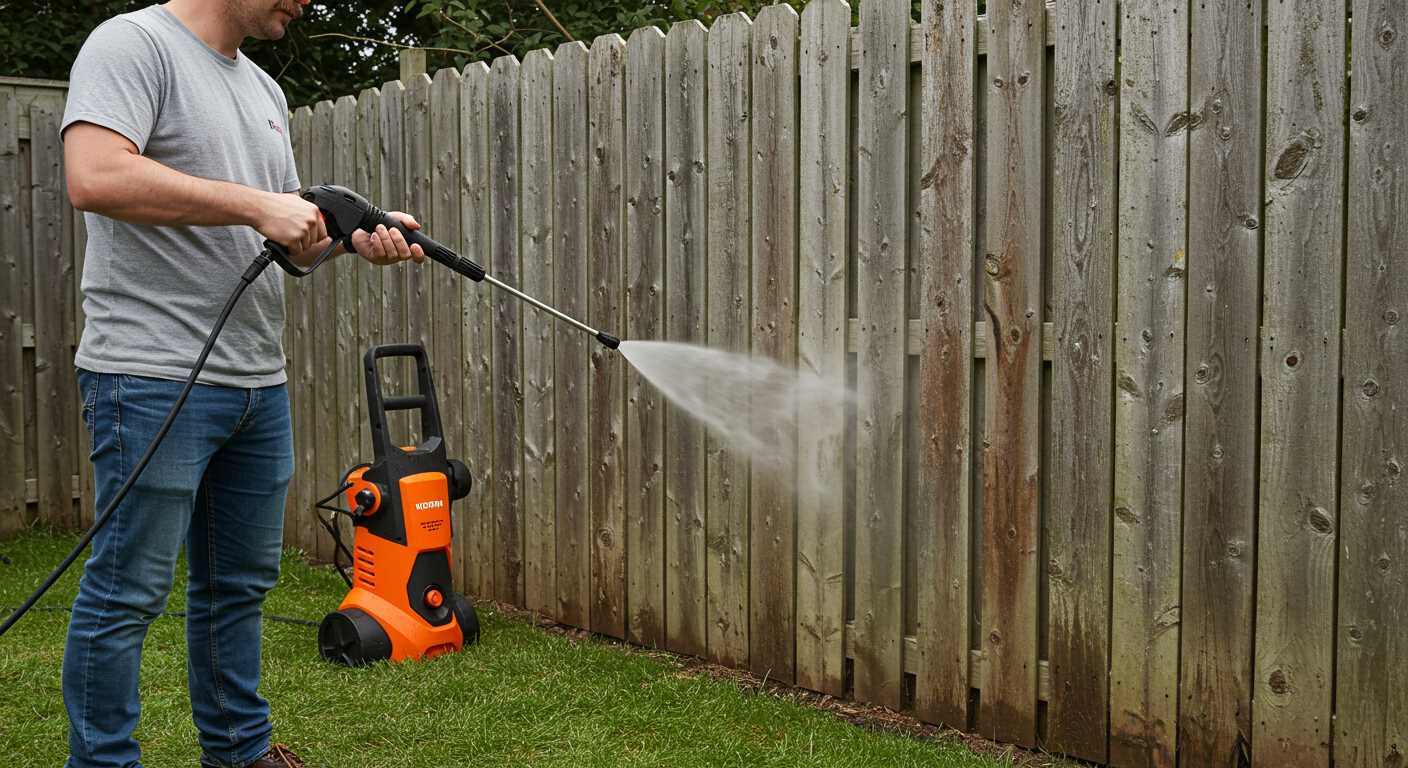
For optimal efficiency, I recommend choosing between electric and gasoline options based on your specific requirements. Electric models excel in residential use due to their portability and ease of operation, while gas variants are better suited for heavy-duty tasks and larger areas.
Electric Choices
Electric machines often feature lightweight designs and quieter motors. Ideal for small to medium clean-up tasks, they typically produce water pressure ranging from 1300 to 3000 PSI. They can be easily plugged into a standard outlet, allowing for convenient indoor or outdoor use without the need for refuelling. However, in locations where power sources are limited, these may present limitations for extensive outdoor applications.
Gasoline Options
Gasoline-driven units come with powerful engines that deliver higher pressure levels, often exceeding 4000 PSI. These are designed for commercial use and challenging cleaning projects such as removing heavy stains from driveways or stripping paint. The independence from electrical outlets enhances mobility, making them suitable for remote locations. However, the trade-off includes increased noise levels and the necessity for regular fuel maintenance.
Choosing the Right Power Source for Your Needs

For outdoor cleaning tasks, selecting the appropriate energy source significantly impacts performance. If frequent mobility and ease of use are priorities, electric devices are often ideal. They’re lighter, quieter, and require less maintenance compared to their gasoline counterparts. However, for heavy-duty cleaning on larger areas or more stubborn grime, gas engines provide higher pressure and flow rates, ensuring thorough results.
Assess the scale of your projects. For smaller tasks such as washing cars or garden furniture, an electric model suffices, typically offering pressures between 1,300 and 2,000 PSI. If tackling extensive driveways or buildings, consider gas models, which can reach pressures up to 3,500 PSI or more, effectively handling tougher jobs.
Environment plays a role as well. For residential areas with noise restrictions, electric options are favourable. Conversely, if you’re working in remote locations without electricity access, gas units are more practical. Always evaluate your workspace to determine the most suitable energy source.
Cost factors also influence the decision. Electric devices generally have a lower upfront investment and lower operating costs. Gas variants might demand higher initial prices but can offer more power, justifying the expense if used frequently and for tougher cleaning tasks. Think long-term to balance costs with the expected frequency and intensity of use.
Lastly, personal preference matters. Some users appreciate the convenience of starting an electric model at the push of a button, while others prefer the robust feel and extended range of gasoline equipment. Reflect on your cleaning habits and preferences to make an informed choice.
Maintenance Tips for Electric and Gas Models
Before each use, inspect hoses for cracks or leaks. A damaged hose can lead to reduced performance or accidents. Replace any worn parts immediately.
For electric versions, ensure the power cord is in good condition. Avoid using extension cords that exceed the recommended length to prevent energy loss. Store cords untangled and secured.
Gas units require regular checks of the fuel system. Use fresh fuel to prevent deterioration and impurities; consider adding a fuel stabiliser if the device will sit unused for an extended period. Regularly clean the fuel filter to maintain optimal engine performance.
Cleaning and Maintenance Schedule

Develop a routine to clean the filter after every few uses. Small debris can obstruct flow and reduce efficiency. For electric machines, check the inlet screen and clean it as necessary.
For gas-operated models, change the oil based on the manufacturer’s recommendations. This typically requires attention every season or after a set number of hours of operation. Use the correct grade oil to ensure optimal engine health.
Winter Storage Tips
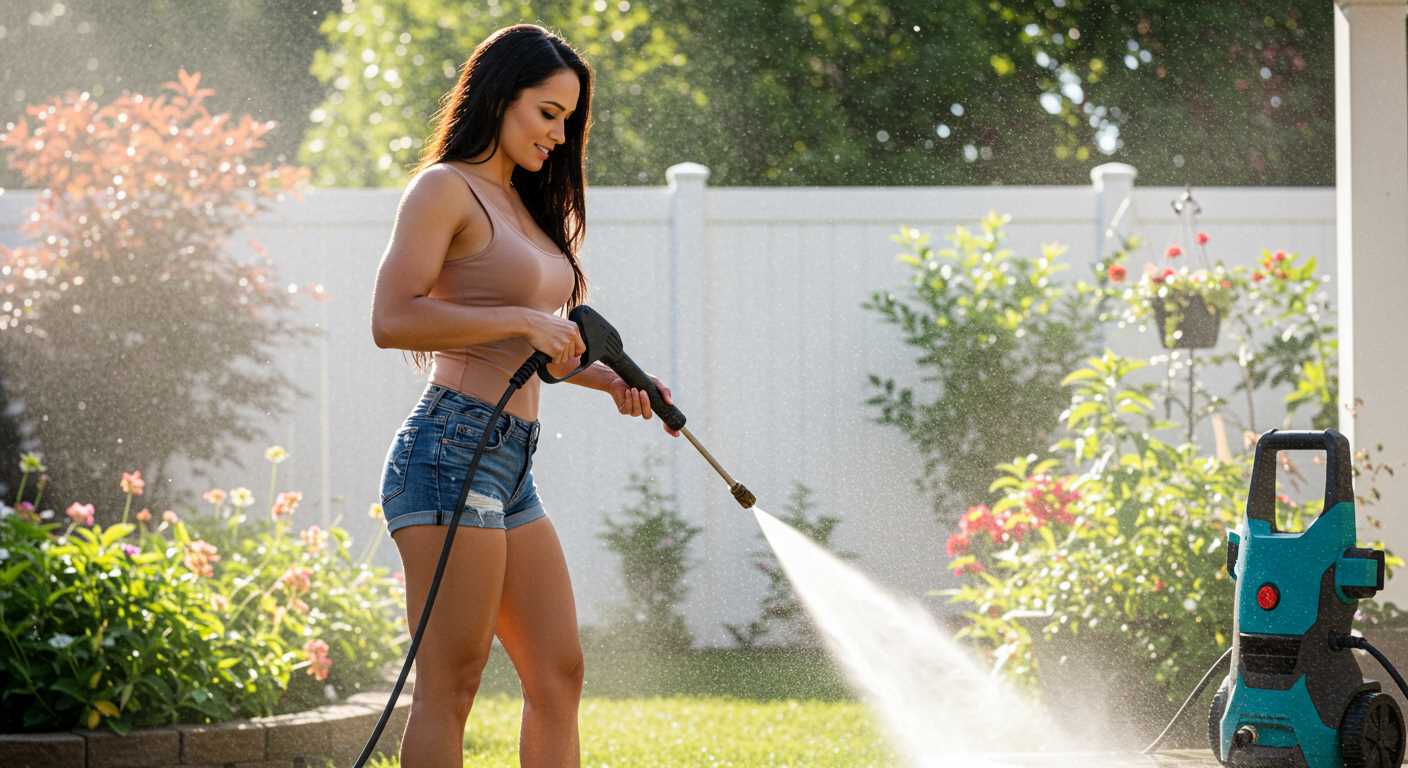
In colder months, properly prepare both types for storage. For electric machines, detach all components, ensuring everything is dry to prevent mould. Gas variants need fuel drained or stabilised to avoid engine trouble during the next use.
Finally, keep your device covered with a protective covering. This helps prevent dust accumulation and protects from moisture. By following these practical guidelines, I’ve noted remarkable longevity and performance in various models over the years.
Future Trends in Pressure Washer Power Technologies
Next-generation cleaning devices will likely see enhanced battery technology. Advances in lithium-ion cells promise longer runtime, increased efficiency, and quicker charge times. Expect manufacturers to adopt these innovations, allowing for portable units that rival gas models without sacrificing power.
Integration of Smart Technology
IoT integration will play a pivotal role in future designs. Smart features, including mobile app control, will enable users to monitor performance, maintenance schedules, and even access troubleshooting assistance. These enhancements will provide a user-friendly experience and streamline operation.
Eco-Friendly Solutions
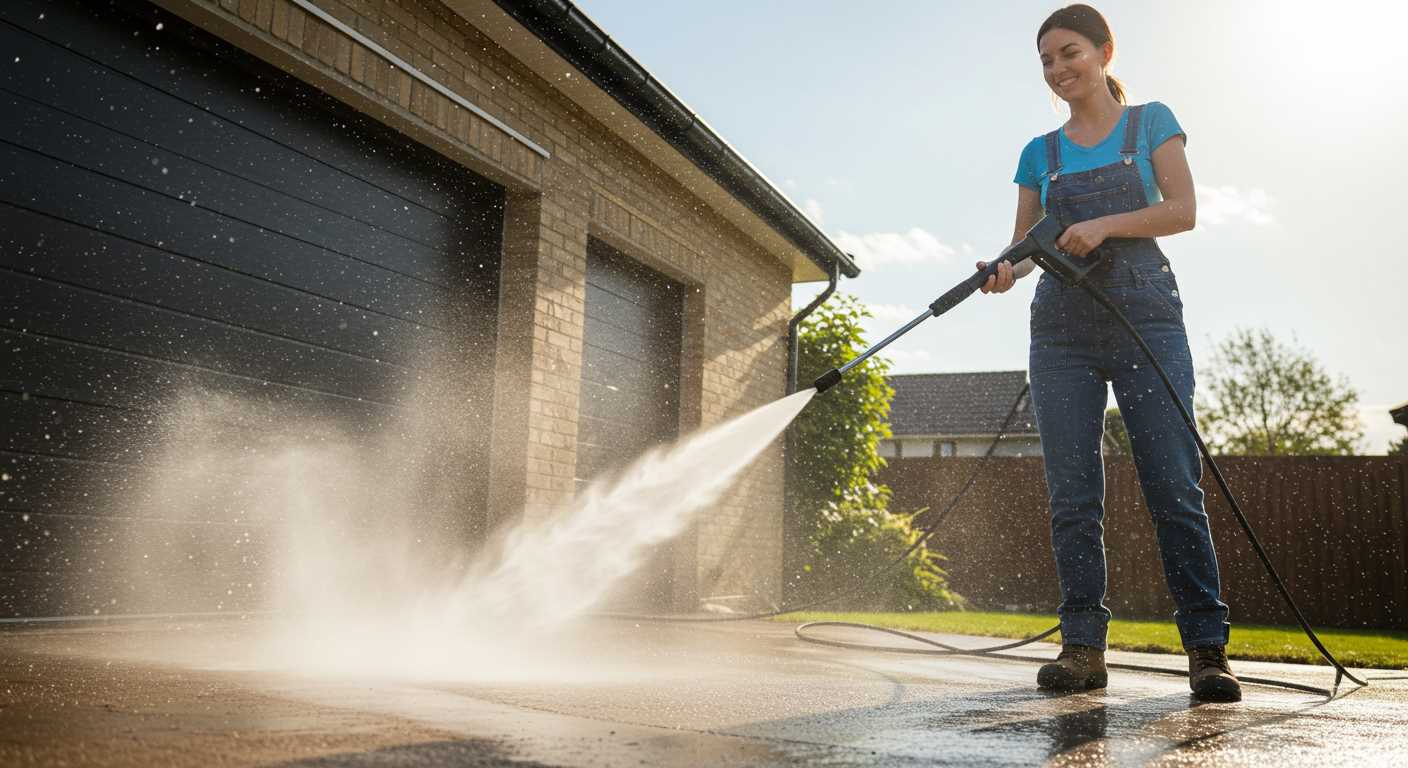
The shift towards sustainability will encourage the development of eco-friendly alternatives. Expect to see an increase in electric models powered by renewable energy sources, such as solar power. Such advancements will appeal to environmentally conscious consumers who seek efficient yet sustainable cleaning methods.
| Emerging Technology | Benefits |
|---|---|
| Advanced Battery Technology | Longer runtimes, faster charging, lightweight portability |
| Smart Features | Remote control, performance monitoring, maintenance alerts |
| Eco-Friendly Power Sources | Sustainable operation, reduced carbon footprint |
Continued innovation is set to transform this market. As a former consultant and product expert, I can assure that these upcoming enhancements will redefine user experiences and operational efficiency in the cleaning equipment industry.







